The 36th edition of the European Heritage Days took place on September 21 and 22. to introduce the public to places unknown or unexpected and full of history.
“Heritage is our pride, it is our roots, it is the witness of the building genius who for centuries has spoken in our country,” said the Minister of Culture, Franck Riesler in his editorial about the event taking place on the 60th anniversary of the Ministry of Culture.
As every year, the theme has been set by the Council of Europe and the European Commission. Most of the 50 countries that have signed the European Cultural Convention have taken up this theme, “Arts and Entertainment”, which was in agreement with the various heritage areas: shows, parties, games and toys as well as sports… It was therefore the opportunity to enter the secrets of the most beautiful monuments, civil, religious, military, sports or places of power such as ancient theaters, places of entertainment and entertainment such as fairgrounds, racecourses or stadiums…
In the capital, places have opened for visitors for the first time, such as “La Scala” (75010), the Cirque Bormann-Moreno (75015), the Mogador theater (75009) or the Châtelet theater (75001), which has just been renovated. The major institutions remain the most visited places, starting with the Palais de l’Elysée, the ministries, the Court of Auditors or the Bank of France (some places required prior registration).
Health and digital were also on the program with the Institute of Genetic Diseases “Imagine” and its DNA extraction workshops (75015) or the National Research Institute for Digital Sciences (INRIA) located a few kilometers from the capital in Rocquencourt (78).
The very glamorous fashion scene has also opened its doors, like the Chloé houses, Yves-St-Laurent. In Deauville, the JEP allowed you to follow in the footsteps of Coco Chanel, Yves-St-Laurent or Patou. Back in Paris, a gem of this edition, the head office of Kéring (Pinault Foundation) and Balanciaga unveiled in the 17th century chapel a collection of contemporary art from the Pinault Collection and in the gardens, Balanciaga’s “canvases” (preliminary models in fabric prefiguring Haute Couture dresses).
Located 40 rue de Sèvres (75007), the head office of Kering , a world-class luxury group including Gucci, St Laurent, Bottega Vaneta, Balanciaga, Alexander McQueen, Boucheron and Pomellato, Brioni, Dodo, Qeelin, Ulysse Nardin, Girard-Perregaux and Kering Eyewe, is located in the former Laennec Hospital. Open to the public during Heritage Days since 2016, it offers visitors the opportunity to discover rare archives and the secret of the elegance of the lines of the creations of the Maison Balanciaga.
During this exceptional weekend, works of contemporary art from the Pinault Collection and the exhibition “Pleurs de Joie” with artists Damien Hirst for the cartoon, Sigmar Polke for the circus, Martial Raysse for the popular festival and Claire Tabouret for the carnival were exhibited.
During these two days, the trophy of the French Football Cup, won this year by the Stade Rennais whose owner is the Pinault family, was exceptionally exposed.to the headquarters of the Kering group (formerly PPR) founded in 1963 around wood and building materials and then in the distribution sector in the 1990s and luxury , sport and the “lifestyle” from 2000.
The trophy was created in 1916 at the request of Paul Michaux, President of the Federation of Employers (FGSPF), in memory of Charles Simon, founder of the French International Committee, which will become the FFF, who fell into the field of honor; Created by the Chobillon goldsmith with 3,150 kg of solid silver and placed on a 15 kg marbled base in the Pyrenees, its value was 2,000 francs of the time. It is awarded annually after the final of the French Cup.
The paintings and sculptures exhibited in the chapel are part of the exhibition “Flowers of Joy”, and they are much closer to the theme of entertainment while incorporating the ideas of Blaise Pascal.
-The bronze sculptures of Damien Hirst , a British artist born in Bristol in 1965, a founding member of the group of “Young British Artists” in the late 1980s, and a winner of the “Turner Prize” in 1995 were represented. During the European Heritage Days, two of them, “Mickey” (2016) and “The Colllector with a Friend” (2016), both from the project “Treasures from the Wreck of the Unbelievable”, which took 10 years of work, were exhibited.
– From the moment you enter the chapel, the works of Sigmar Polke, a German artist born in Silesia (Poland) in 1941 and died in Cologne in 2010, introduce you to the theme of entertainment and circus. Founder of “Capitalist Realism” in reference to “Socialist Realism” (official Soviet Union art), he uses printed fabrics as a medium and experiments with new techniques combining pigments, chemical compounds and solvents while reusing abandoned colors such as purple and lapis-lazuli. The paintings of the winner of the “Golden Lion” at the Venice Biennale in 1986, “Zirkusfiguren” (2005) and “Die Trennung des Mondes von den einzelnen Planeten” (2005), integrated into the “Axial Age” cycle (2007) face each other like in a mirror.
-One of the precursors to the American Pop, Martial Raysse unveils one of his creations mixing advertising stereotypes and art history: “No Mediterranean Landscape” (1966). The author of this work, born in Golfe-Juan in 1936, lives in Dordogne and has developed his talents as a self-taught artist. it combines painting and assembly combining photography, collage and ordinary objects.
-Claire Tabouret is the last artist highlighted in this exhibition. Born in France in 1981, Virtuose in her field, she lives in Los Angeles where she makes her paintings painted in acrylic, so you could admire “Les Insubmitted” (2013) representing 38 teenagers with a captivating look in Carnival attire and “Les Veilleurs (2014) armed with light sticks to watch before the assault.
Almost half of the old Laennec hospital is made up of gardens; historically, the site had 14,000 m² of them, including 3,500 m² of vegetable gardens, they were maintained by the sick of the “Hospice des Incurables” and were recreated according to ancient drawings. Here you will find plant species that were common in Europe in the 17th and 18th centuries, fruit trees and perennial plants. This idyllic venue was therefore ideal for the Balanciaga exhibition, which brought together the raw cotton “canvases” put up in volumes on models and taken straight out of the archives of the great fashion house of designer Cristobal Balanciaga who developed his vision of sewing in the way of developing his art through the body, the garment, the cut and the materials he used, the most iconic being gazette ar , a simple woven silk fabric made with woven double twisted threads, as stiff as aluminum, allowing to mark the volume,
For the event, 18 semi-paintings were presented in the gardens as statues. To create a garment, it all starts with a sketch that turns into a canvas that will be the basis of it. Cristobal Balanciaga was the only one making his own paintings. Coco Chanel said of him “that he was the only true designer of his time since he could draw, cut, assemble, and sew the clothes he signed.”
The canvases are usually made of unbleached cotton cut in fine and dry percale, thicker prepared serge or tarlatane, depending on the fabric in which the model will be made. Annotations of Balanciaga are written on the direction of the fabric (full-bias or straight-wire), lines and frames are guides, points in different colors indicate the adjustments to be made according to the morphology of the client whose name is inscribed on the canvas.
A few words about Critobal Balanciaga (1895-1972) who created the Balanciaga House in San Sebastian in 1917. He settled in Paris in 1937 after fleeing the Spanish Civil War. It is a forerunner, creating an avant-garde and refined style using new materials and becoming the fashion designer of stars like Grace Kelly, Ava Gardner or Marlène Diétrich… New art director since 2015, Demna Gvasalia continues her vision ..
The visit ends with a virtual experiment in collaboration with the French start-up Timecope., offering a journey through time around the chapel and the former hospital whose purpose was to welcome the sick too seriously ill or too poor to be received elsewhere, the conditions being to be Catholic and to donate all his belongings to the hospice; everyday life was monastic there.
Since its foundation in 1634, the Hospice des Incurable has closed several times, the first of which was in 1869. Reopened the following year, it became a hospital in 1874 and became known as Laennec, inventor of the stethoscope in 1879, although there was never a practice..Sold in the 1990s to finance the construction of the Georges Pompidou hospital. A major renovation work began in 2010, when the old medical buildings were renovated to house the Kering headquarters and the Balanciaga House, and the historic parts were rehabilitated.
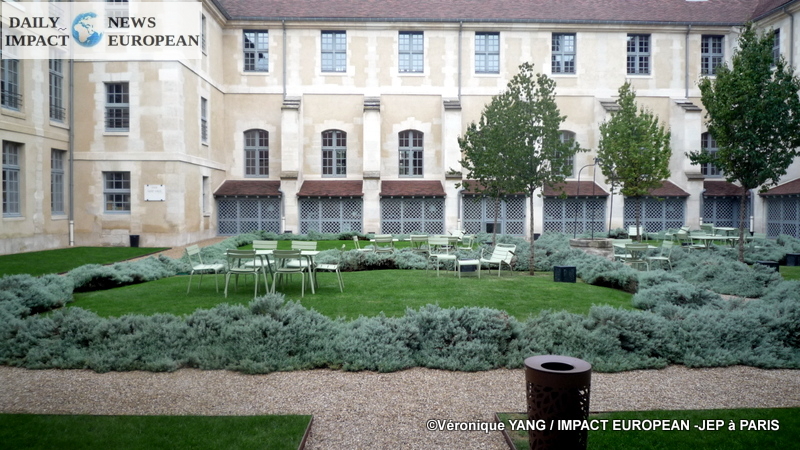
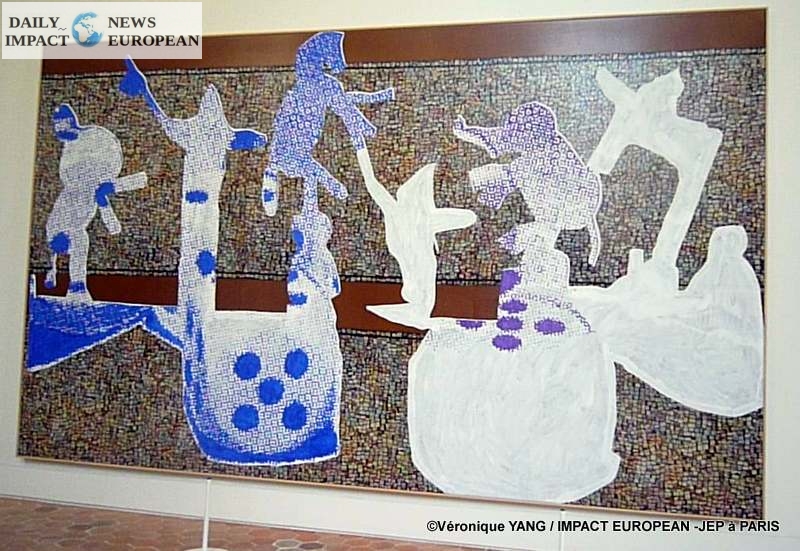
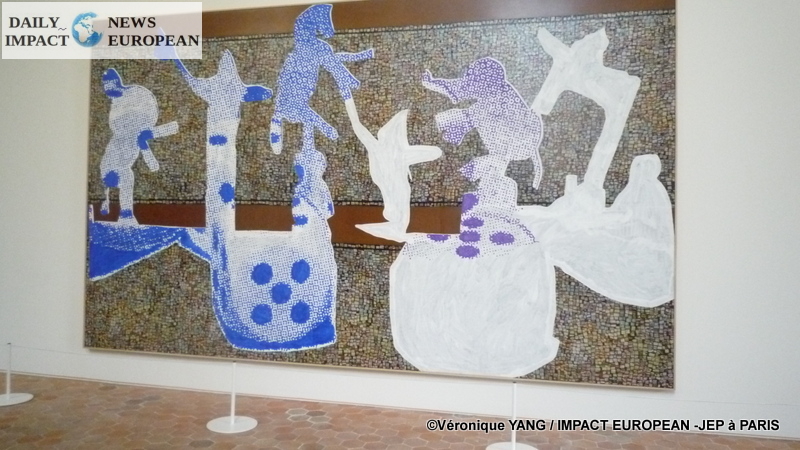
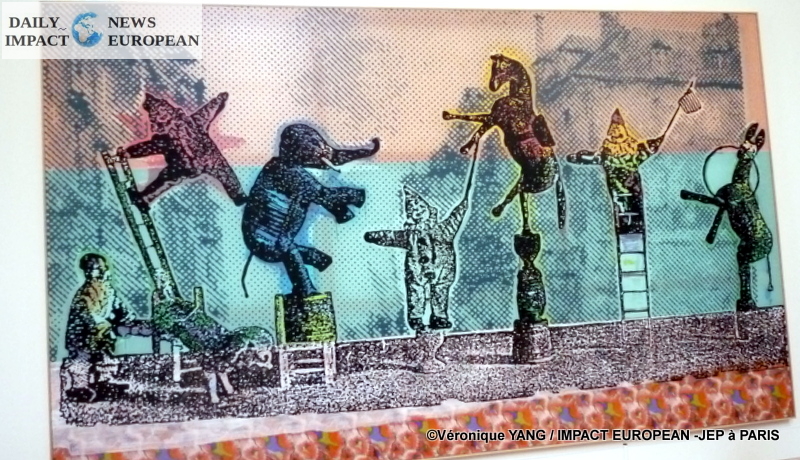
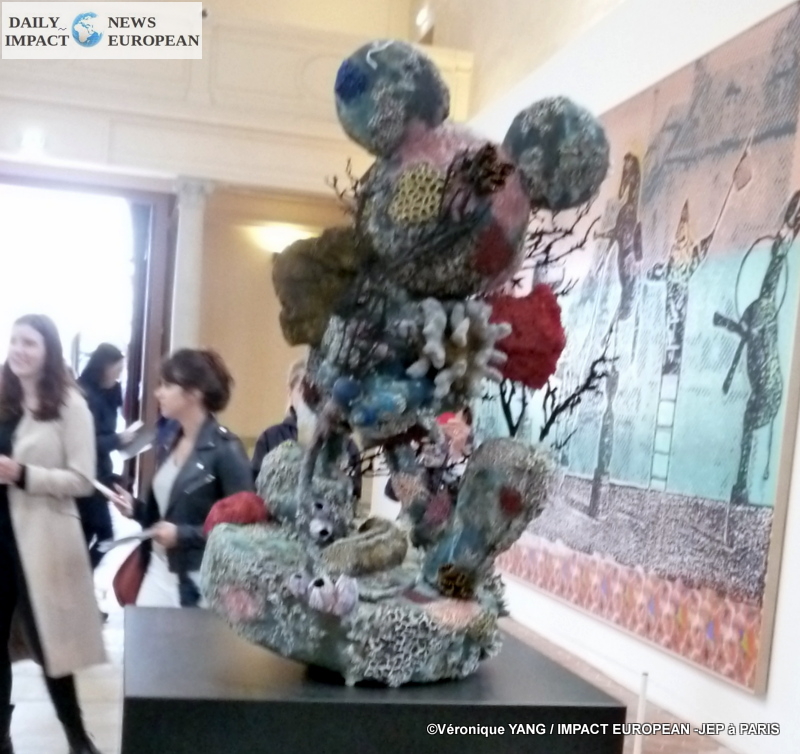
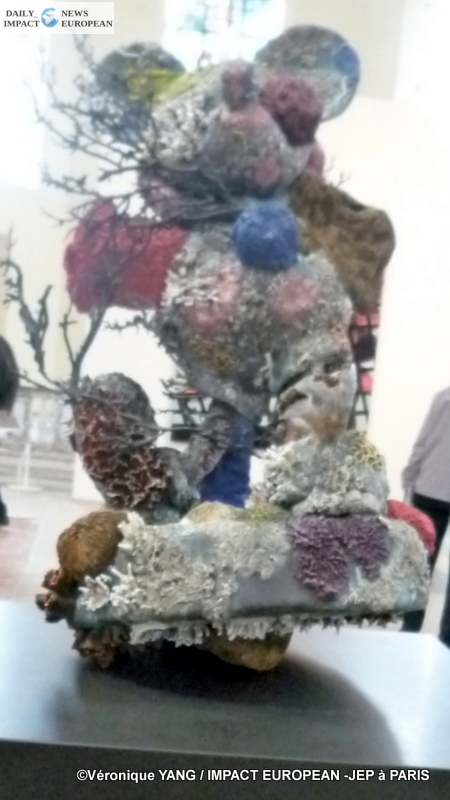
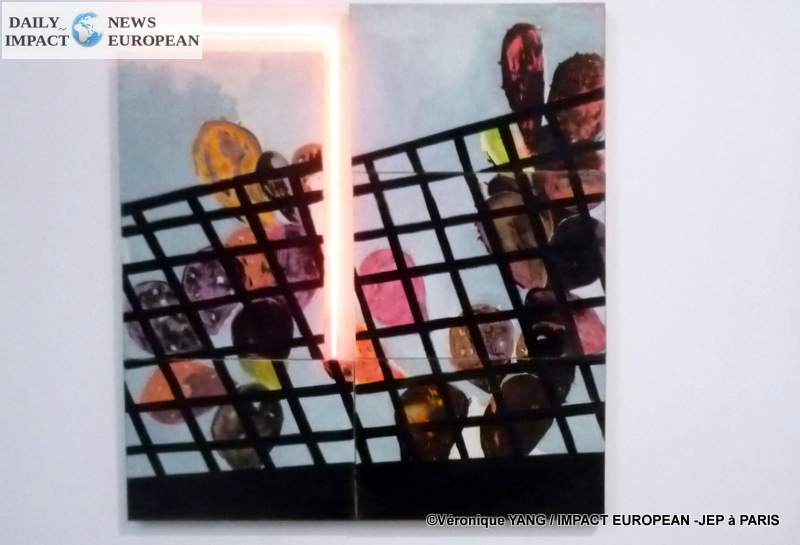
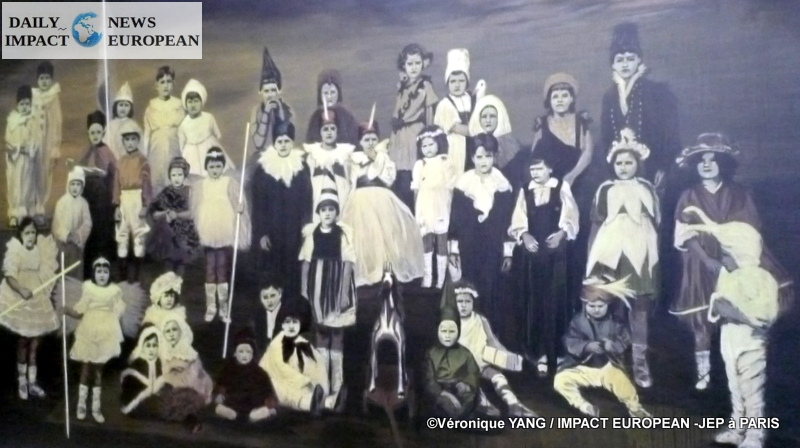
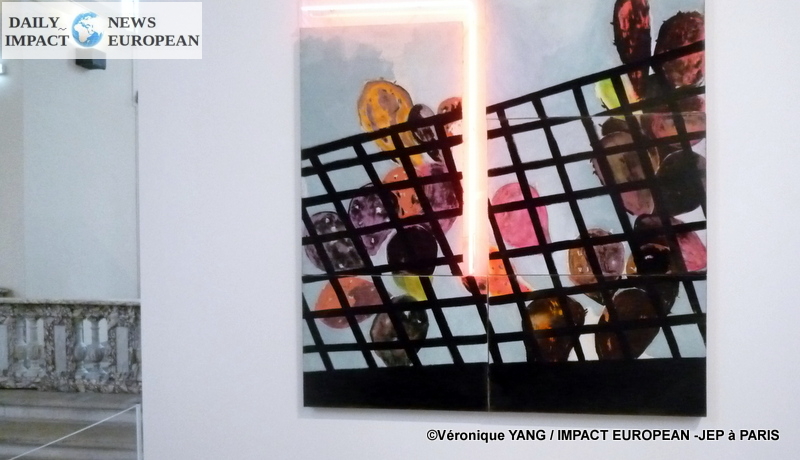
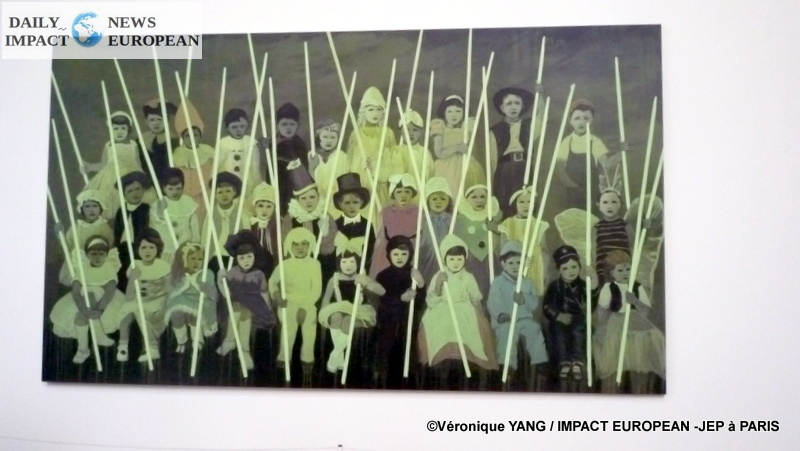
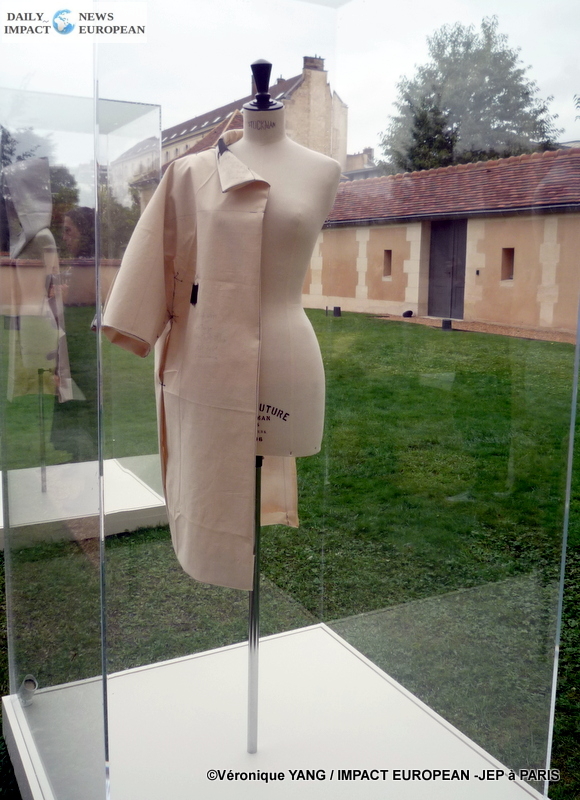
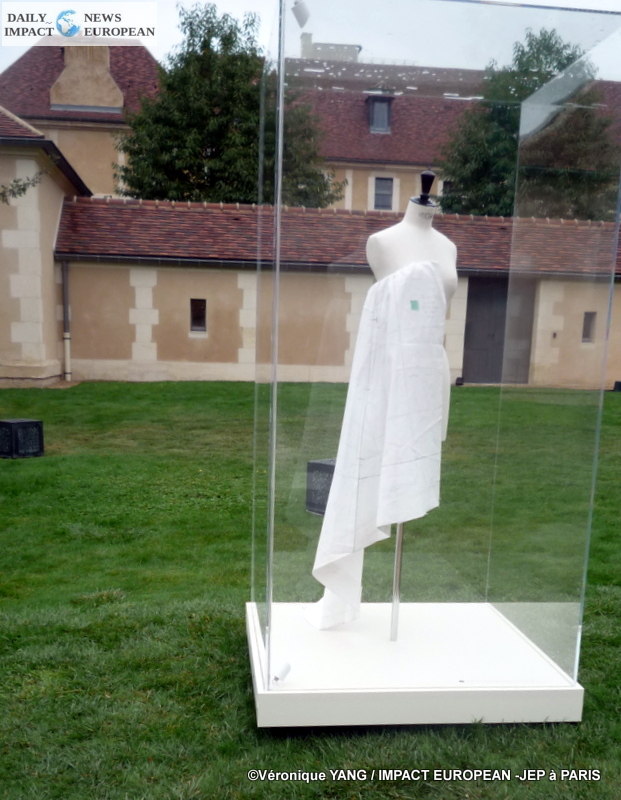
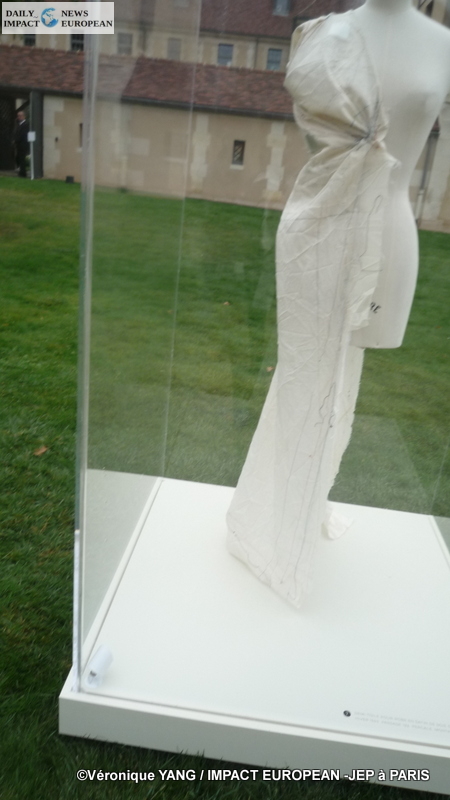
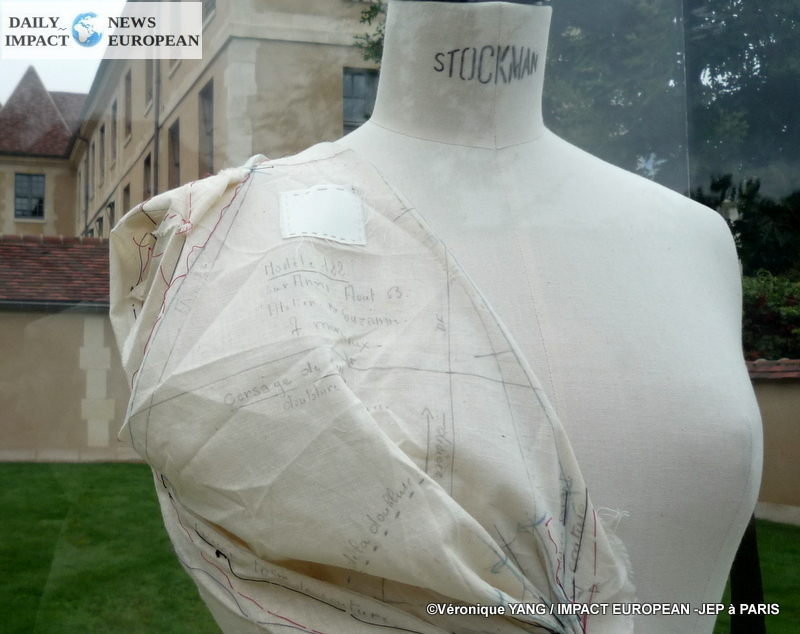
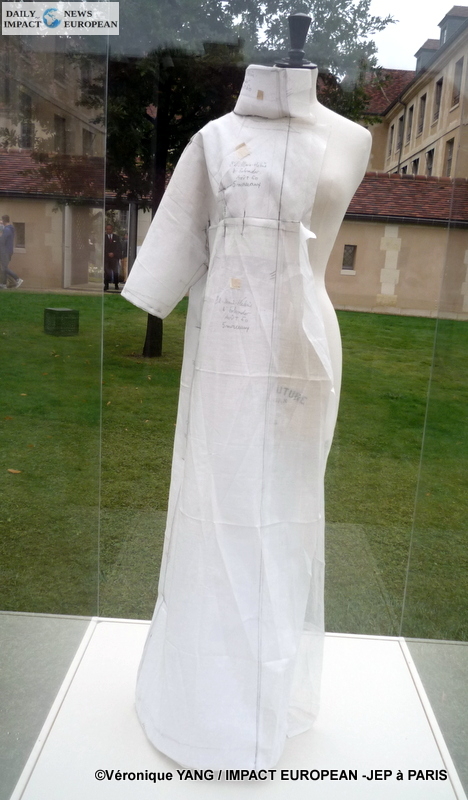
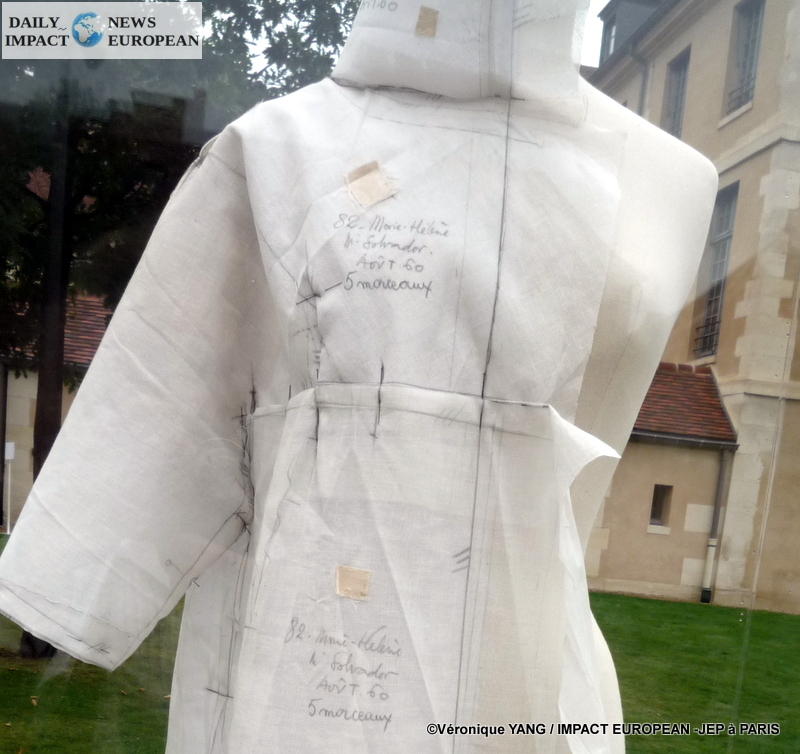
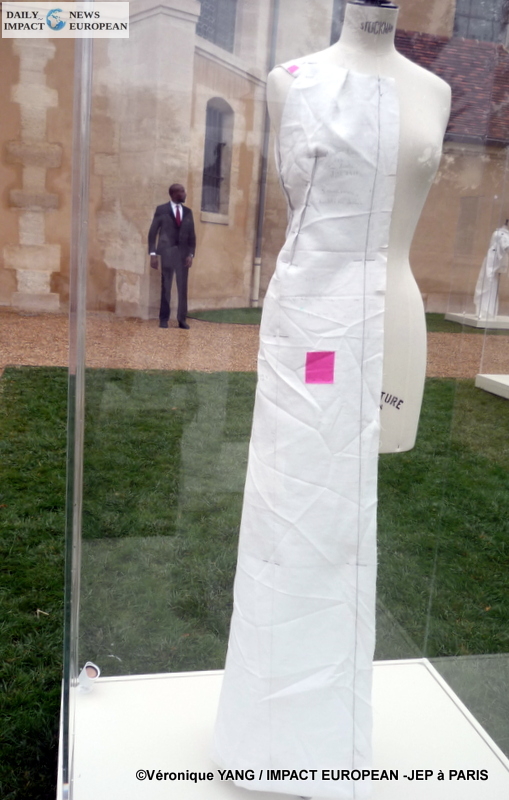
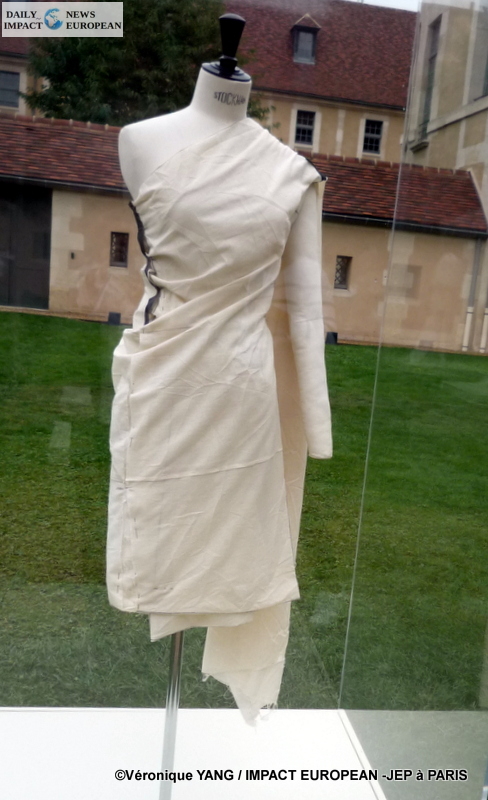
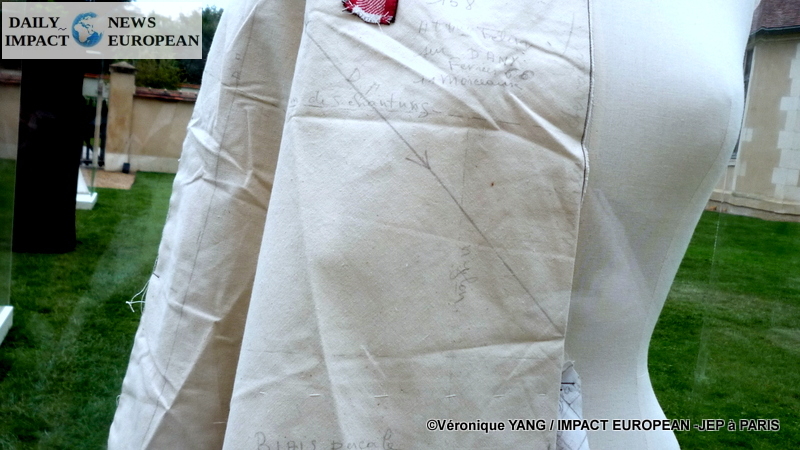
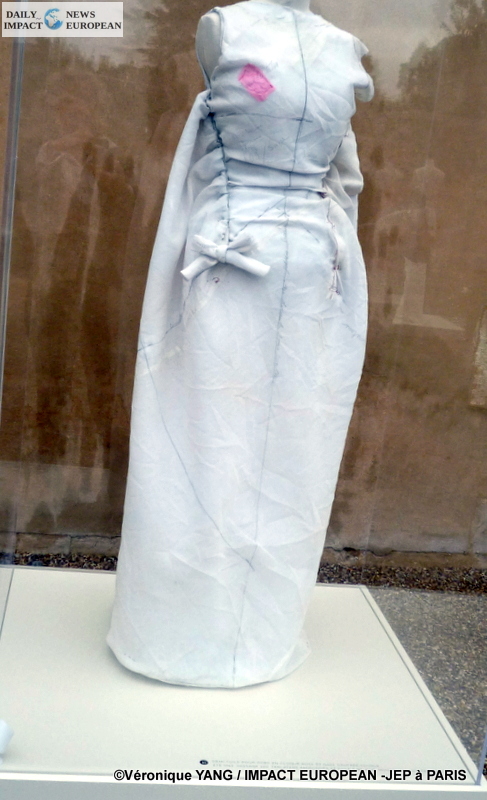
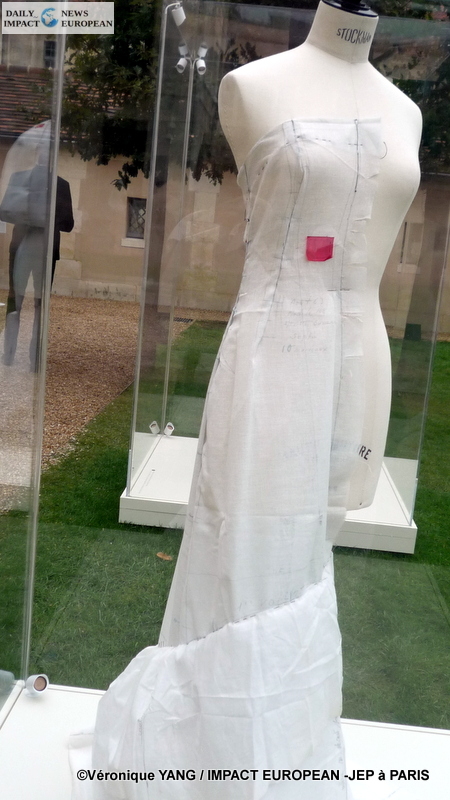


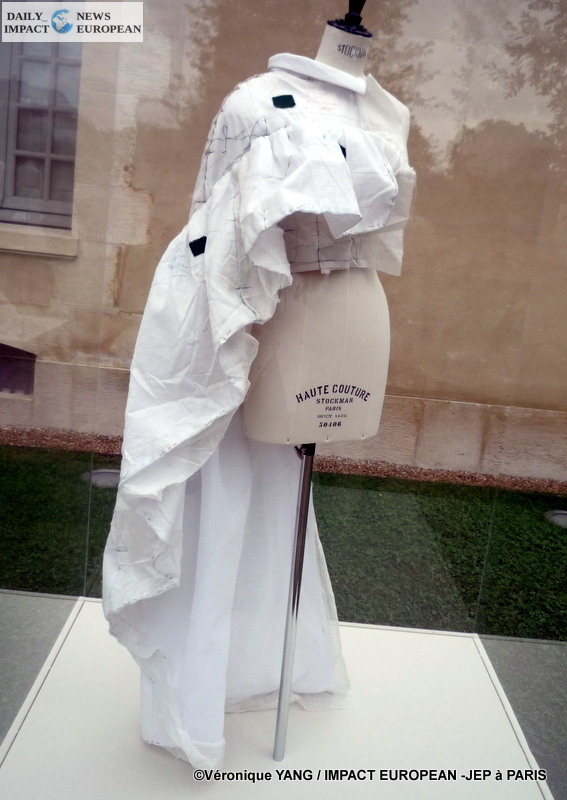


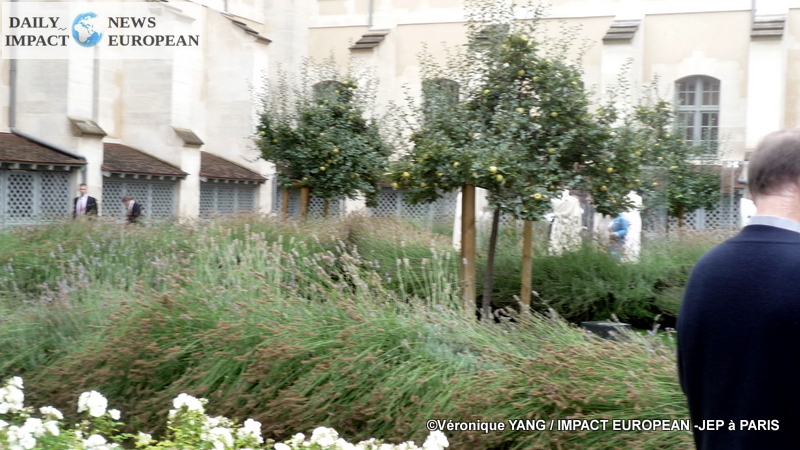

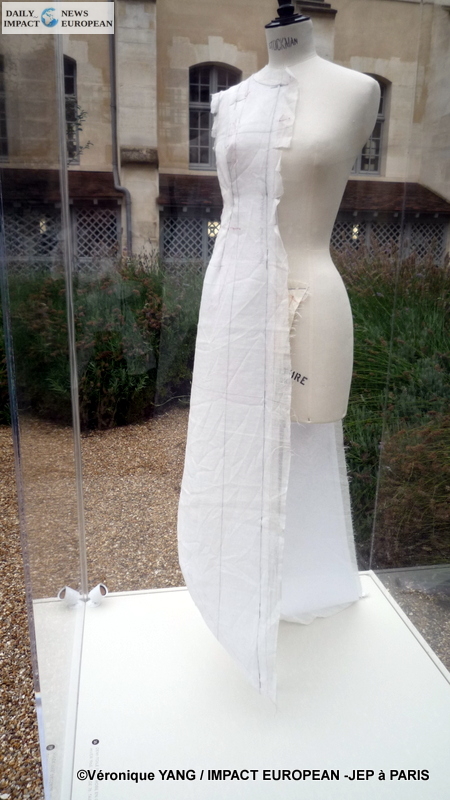
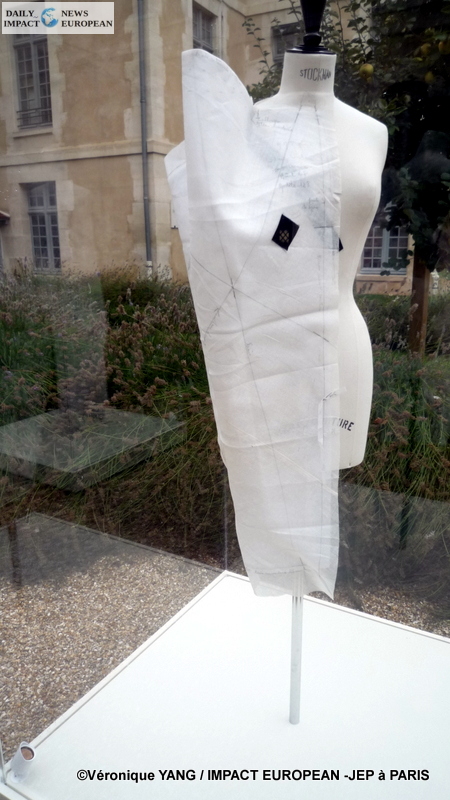
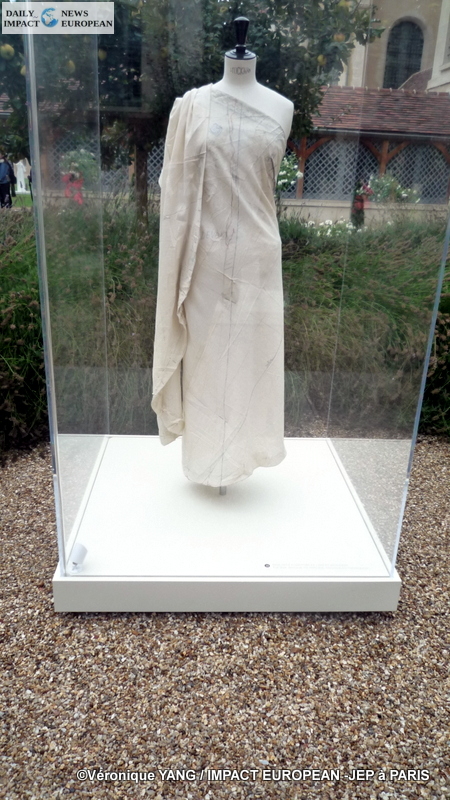

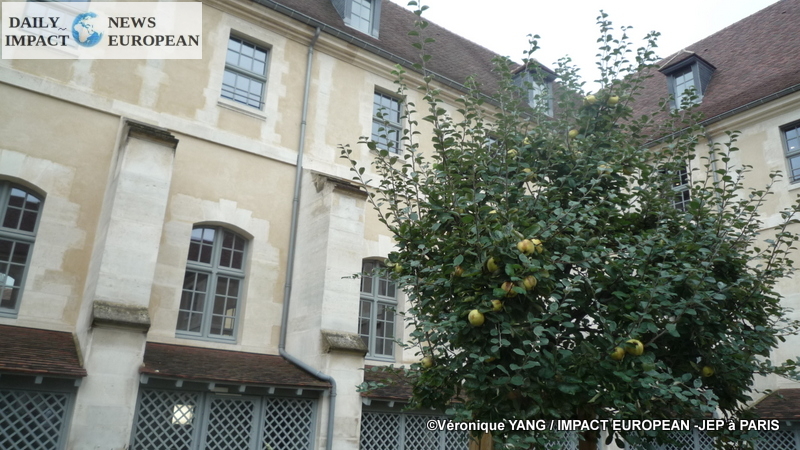
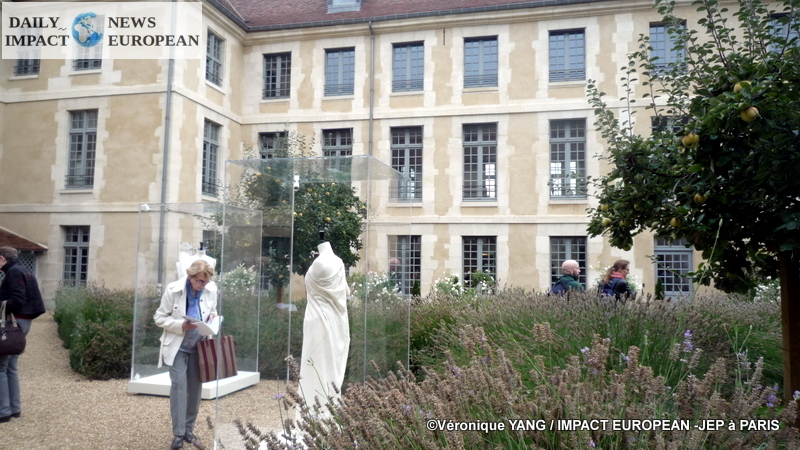

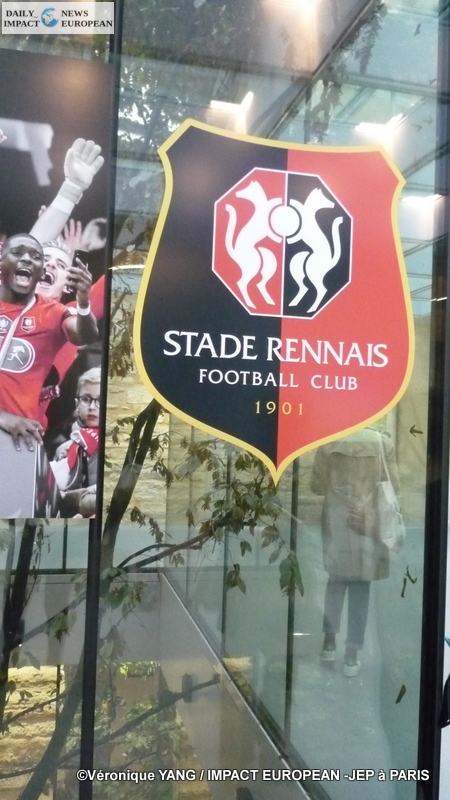
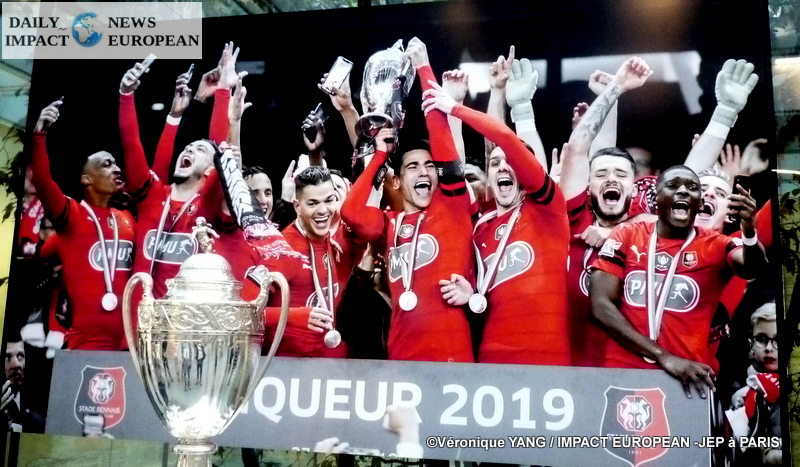
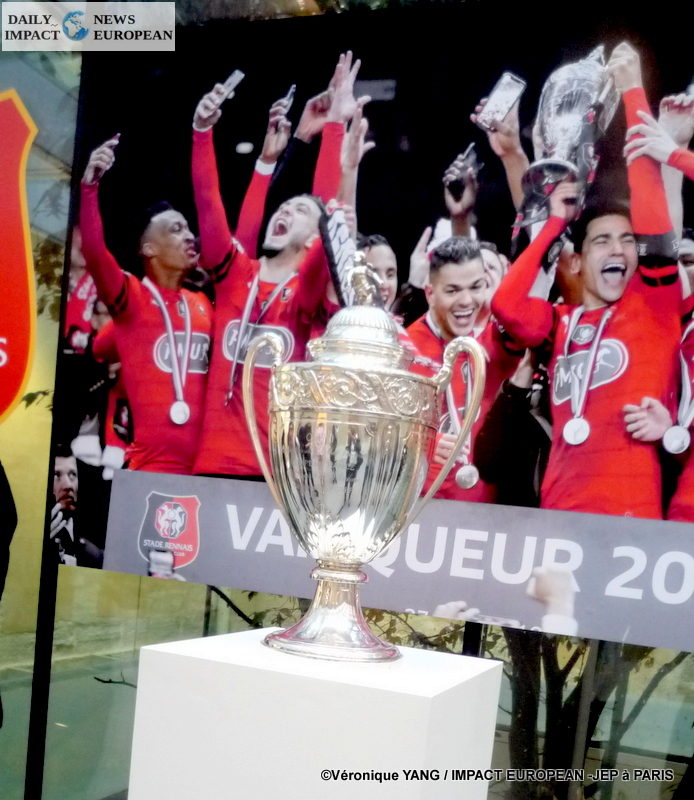
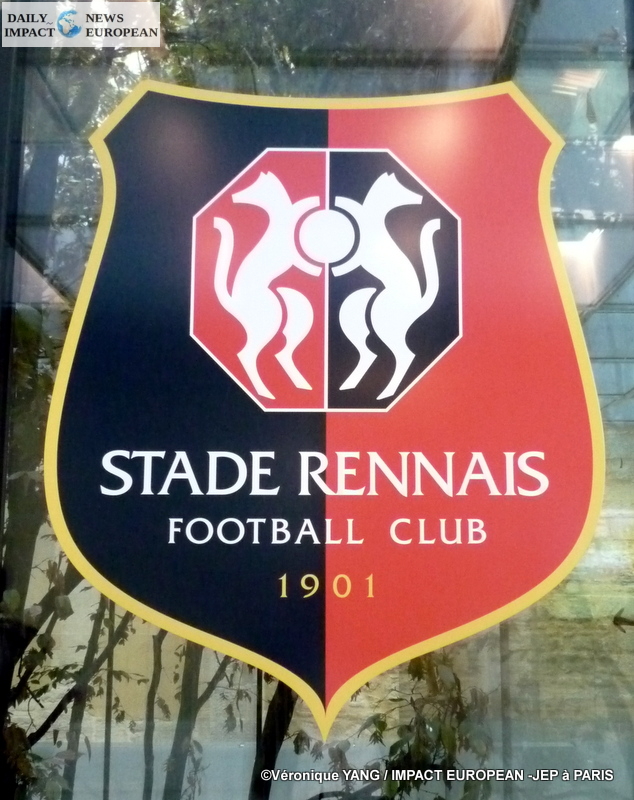
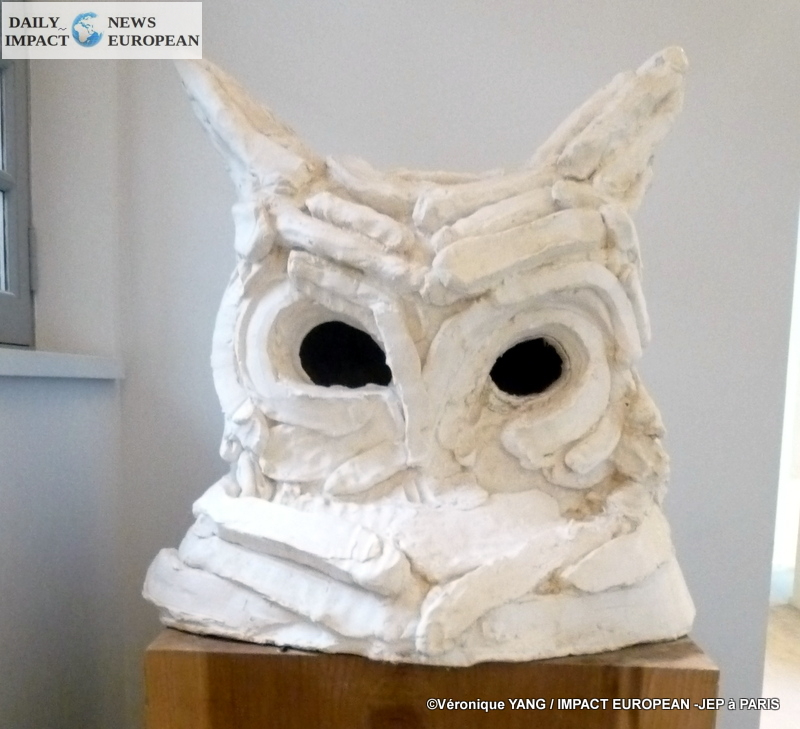
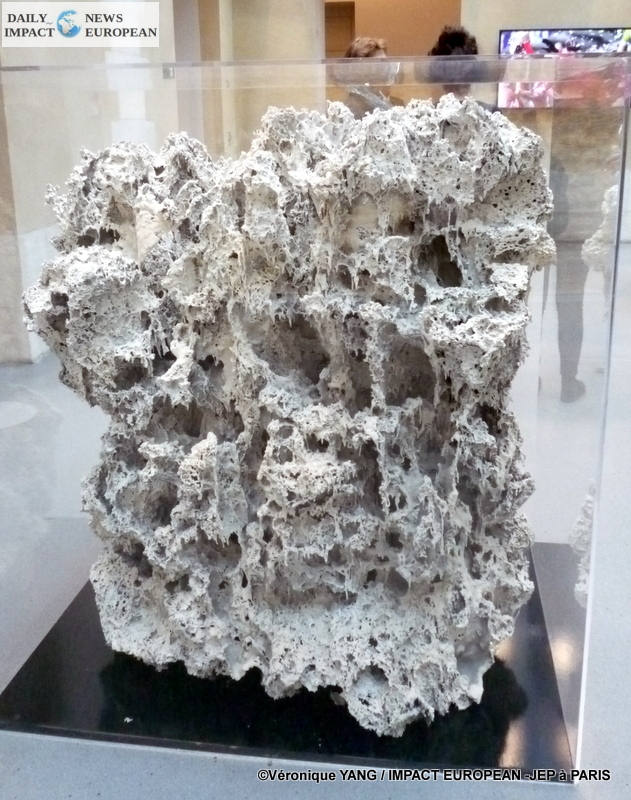
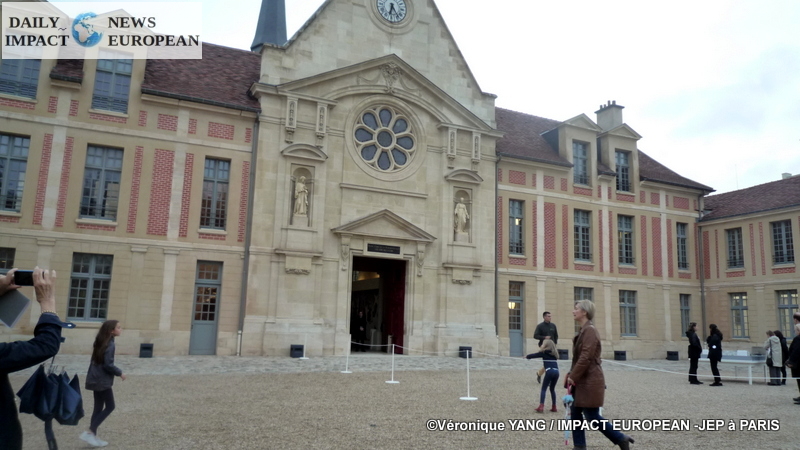
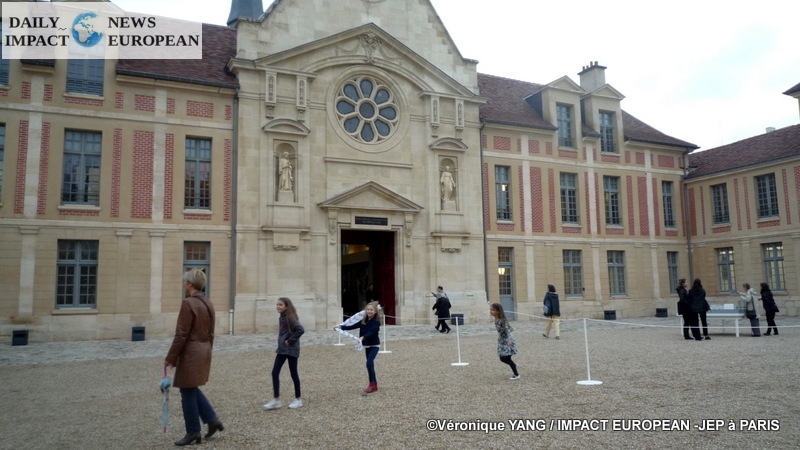
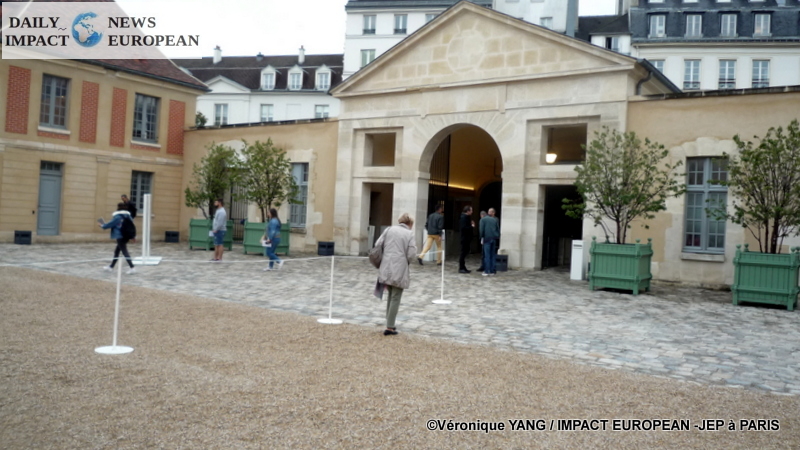
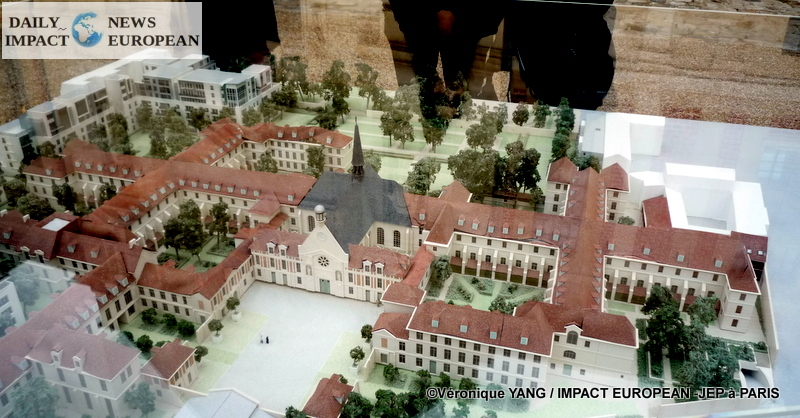
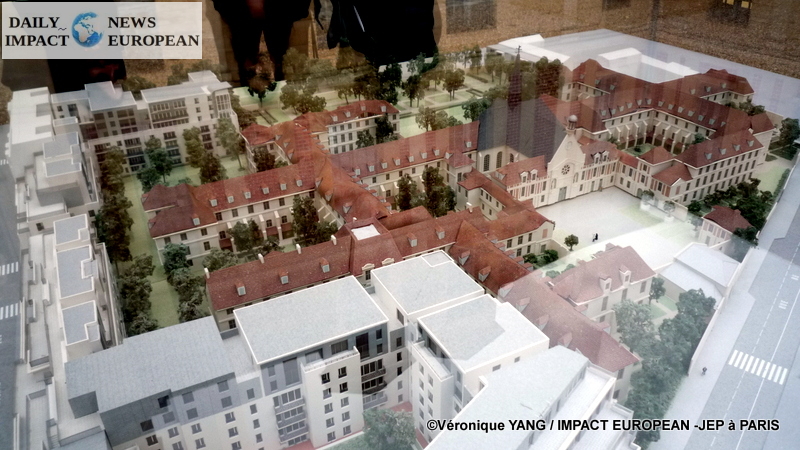
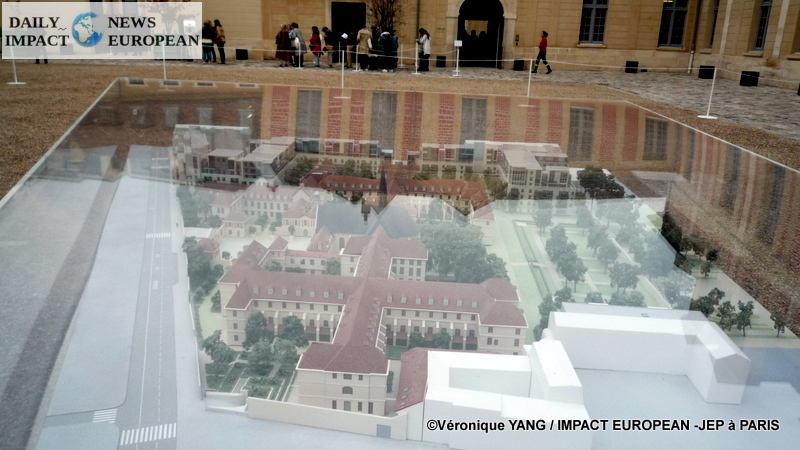
More Stories
The Foire du Trône celebrates its 60th anniversary
Trenitalia: improves travel solutions for its passengers by reducing carbon emissions
ALL IN GREEN FOR ST PATRICK’S DAY